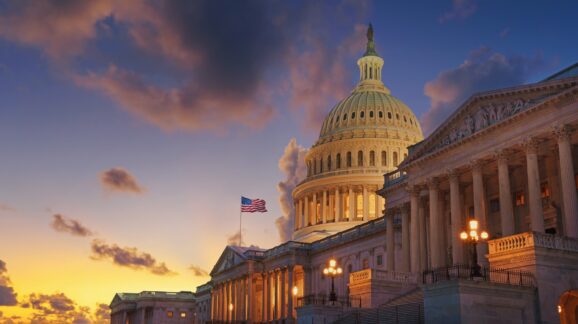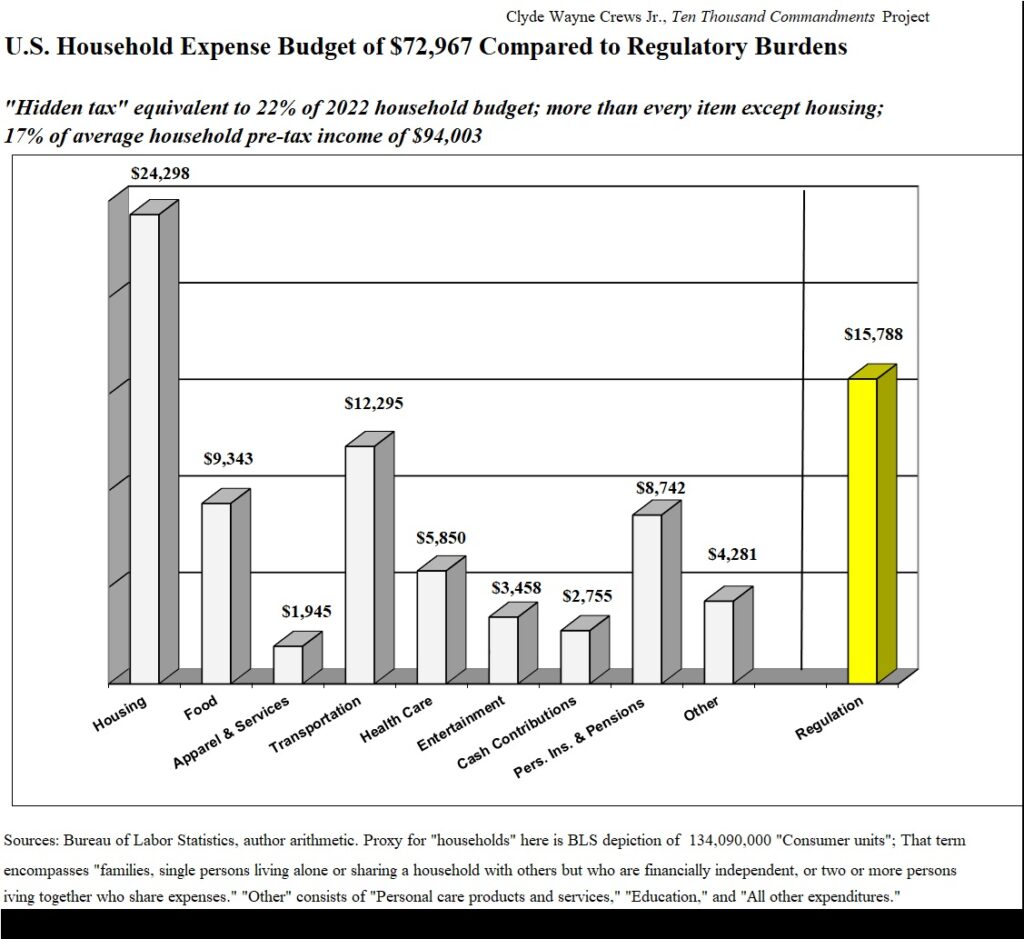New bill would increase spending transparency, more regulatory transparency needed

Photo Credit: Getty
Galileo may not have uttered the famous words, “Measure what is measurable, and make measurable what is not so,” but the sentiment behind that admonition often ascribed to him resonates deeply in today’s overly complex federal fiscal landscape.
While the federal government’s spending and regulatory activities shape our nation’s economic trajectory, the true impact of these policies on individual households remains obscured.
The staggering big-picture figures are well known: annual federal outlays exceeding $6 trillion, a national debt surpassing $34 trillion, and annual borrowed funds exceeding $1.5 trillion with no end in sight. Yet, how these costs translate to the average taxpayer or household is often overlooked.
Enter the Debt Per Taxpayer Information Act (H.R. 8372), a legislative effort aimed at enhancing spending transparency at the personal level (see my comment to the Budget Committee here, and my Forbes column on the Act and the need to expand similar transparency to regulations here).
Spearheaded by Chairman Jodey Arrington (R-TX), this bill would provide taxpayers with crucial information about their personal “share” of the national debt, better enabling them to stir the pot and hold elected officials accountable for fiscal stewardship. Summarized in a Budget Committee news release, the bill would:
“…provide each American filing a tax return with information on their W-2 about federal revenues, outlays, and deficit in the latest available tax year, the total gross debt, and the estimated debt per taxpayer. Enactment of H.R. 8372 would also require the President’s budget request and the concurrent budget resolution to include estimates of debt per taxpayer.”
In a remarkable show of bipartisan unity, the bill was advanced 21-4 to the full House, although Democratic members succeeded in part in emphasizing alleged benefits of government spending in a manner that undermines the broader project.
Transparency shouldn’t stop with fiscal matters and debt figures alone. Regulatory costs, often overlooked yet significant, also impose a burden on households. Annual regulatory cost exceeding $2 trillion, comprise a hidden “tax” manifesting in various forms, from compliance burdens on businesses to increased prices of goods and services.
For the average American household, these regulatory costs are substantial, surpassing expenditures on essential items like healthcare, food, and transportation, as the figure below (and described in more detail at Forbes) implies. Only housing costs exceed the cost of regulation.

Yet, unlike income taxes, which are clearly delineated on pay stubs, regulatory costs remain opaque, leaving taxpayers in the dark about their true, and perhaps unwelcome, obligations.
To address this disparity, policymakers should prioritize transparency in both spending and regulatory matters, not solely spending, as is the tendency. By providing taxpayers with a comprehensive understanding of their financial burdens, lawmakers can foster an informed citizenry and strengthen the democratic accountability everyone talks about these days.
###